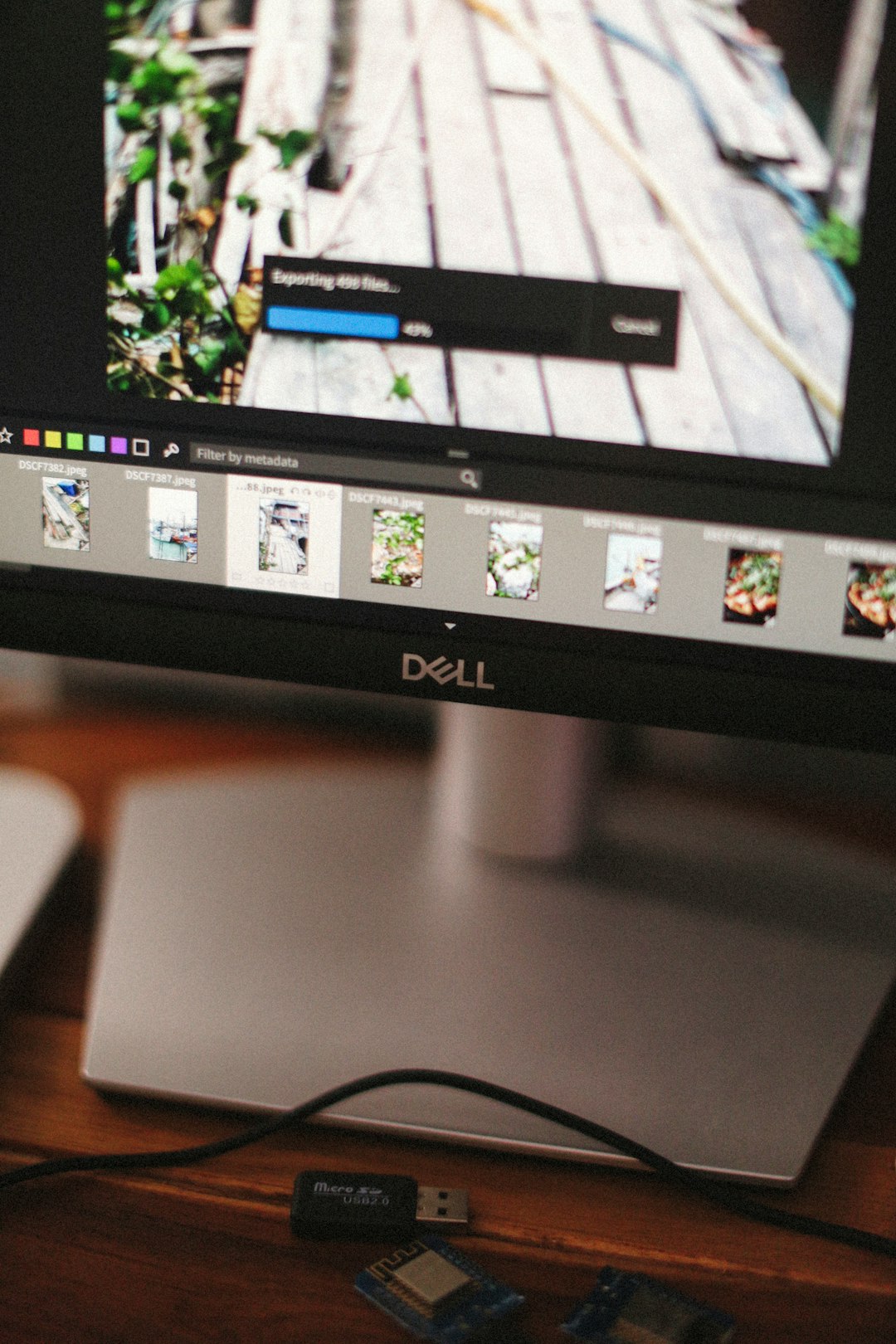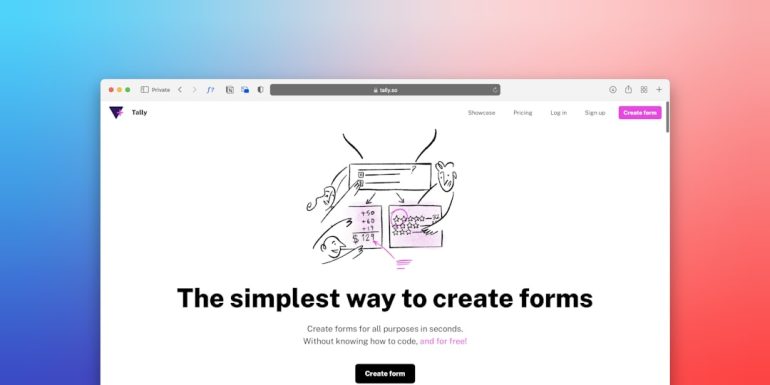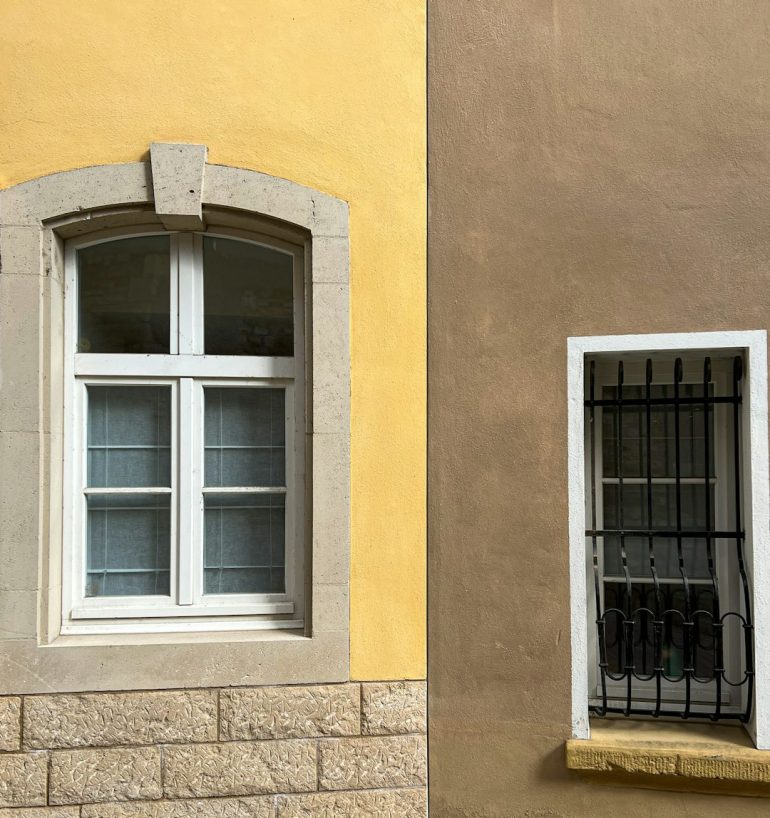Is reverse image search effective in finding high-resolution versions of images?
In the digital age, visual content has become just as crucial as textual information. From journalism and academic research to social media sharing, the need for high-quality images is increasing. One technology that has grown in popularity alongside this trend is reverse image search. But how effective is it when it comes to finding high-resolution versions of an image? Let’s delve into its capabilities, limitations, and practical uses.
Reverse image search allows users to search for images by uploading a photo or providing an image URL, rather than entering a textual query. This technology relies on image-recognition algorithms that compare the submitted image to a vast database of indexed pictures across the web. Popular engines like Google Images, TinEye, and Bing Visual Search have adopted and refined this functionality.
How Does Reverse Image Search Work?
Table of Contents
At its core, reverse image search analyzes several characteristics of an image, such as:
- Shapes and contours
- Color distribution
- Texture and patterns
- Metadata, if available
This data is then matched against an enormous index of images. When successful, the engine returns visually similar images, related websites, and different resolutions of the same image.

Effectiveness in Finding High-Resolution Versions
One of the most common uses of reverse image search is to locate a better-quality version of a low-resolution image. The effectiveness of this largely depends on three main factors:
1. Availability of the High-Resolution Original
The search engine cannot return a high-resolution image unless it already exists somewhere online and is indexed. If the image was originally uploaded in low-res or has been resized multiple times, it’s unlikely you’ll find a better version.
2. Search Engine Database
The broader and more frequently updated the search engine’s database, the more likely it is to yield useful results. For instance, Google Images often performs better than lesser-known tools due to its access to Google’s massive infrastructure.
3. Image Complexity and Quality
Higher contrast and unique features generally yield more accurate matches. Conversely, abstract or low-detail images might return irrelevant results, limiting your chances of finding a high-res counterpart.
Best Practices to Improve Results
To increase the probability of success with reverse image search, consider the following tips:
- Use multiple tools: Try a combination of Google Images, TinEye, and Bing Visual Search to cast the widest net.
- Crop unnecessary sections: Remove logos, borders, or text before uploading the image so the algorithm focuses solely on the core visual content.
- Upload the highest-quality version you have: The clearer your source image, the better the algorithm can identify and match it.
- Check URLs: If the tool returns different websites hosting the image, visit those sites to check for higher-resolution downloads.

Limitations to Be Aware Of
Despite its usefulness, reverse image search is not foolproof. Some limitations include:
- Limited access to private platforms: Images hosted on closed networks, such as cloud storage or restricted social media profiles, are generally inaccessible to search engines.
- Copyrighted or stock images: Sometimes reverse searches will lead you to watermarked, preview-only versions of stock photos, which still require purchase to access high-res forms.
- False positives: In some cases, especially with generic images, the tool may return similar-looking but unrelated pictures.
Conclusion
Reverse image search is a valuable tool for locating high-resolution versions of existing images, particularly when used strategically and with realistic expectations. While it may not guarantee results every time, its effectiveness is considerably enhanced when multiple platforms are utilized, and best practices are followed.
As image-recognition algorithms and data indices continue to improve, we can expect reverse image search to become even more reliable in the future. For now, it’s a helpful, though occasionally imperfect, ally in the pursuit of high-quality visual content.







